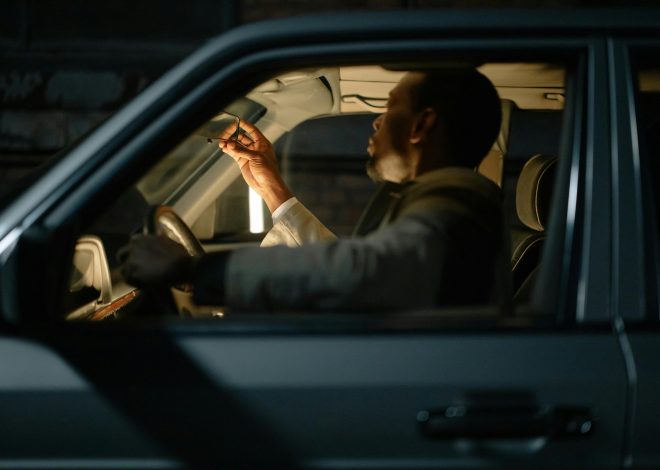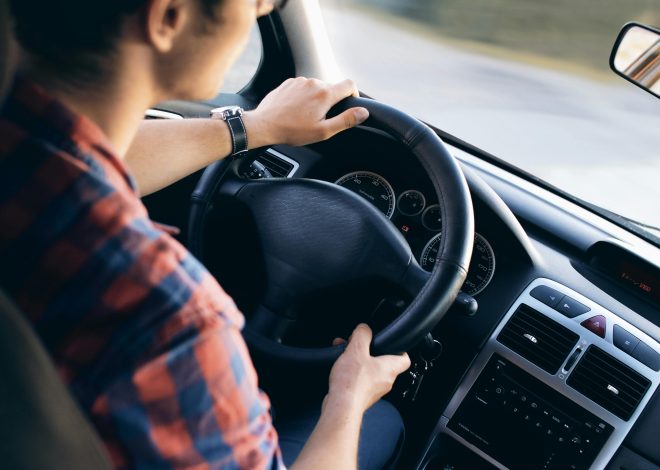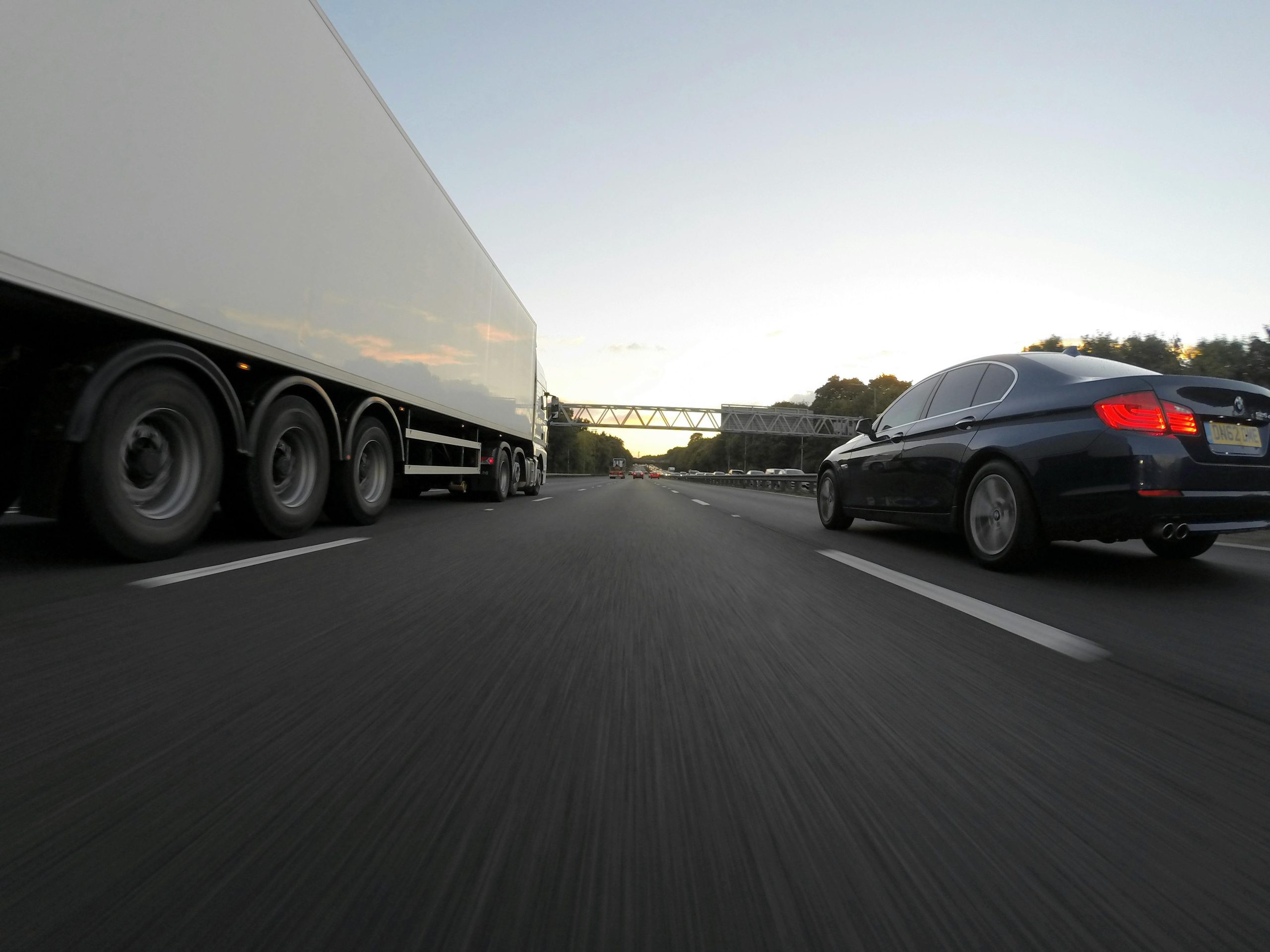
How to Judge Safe Following Distances at High Speeds
Introduction
Maintaining a safe following distance at highway speeds is one of the simplest yet most critical habits you can adopt as a driver. At 70 mph (112 km/h), you cover nearly 100 feet (30 m) every second—leaving little room for error if the vehicle ahead brakes suddenly. In this post, we’ll unpack proven methods for estimating and practicing safe following distances, explore expert-backed rules of thumb, and share actionable tips you can apply on your next road trip. By the end, you’ll have both the mental models and practical exercises to keep you and your passengers safer, whether you’re cruising the interstate or tackling winding mountain passes.
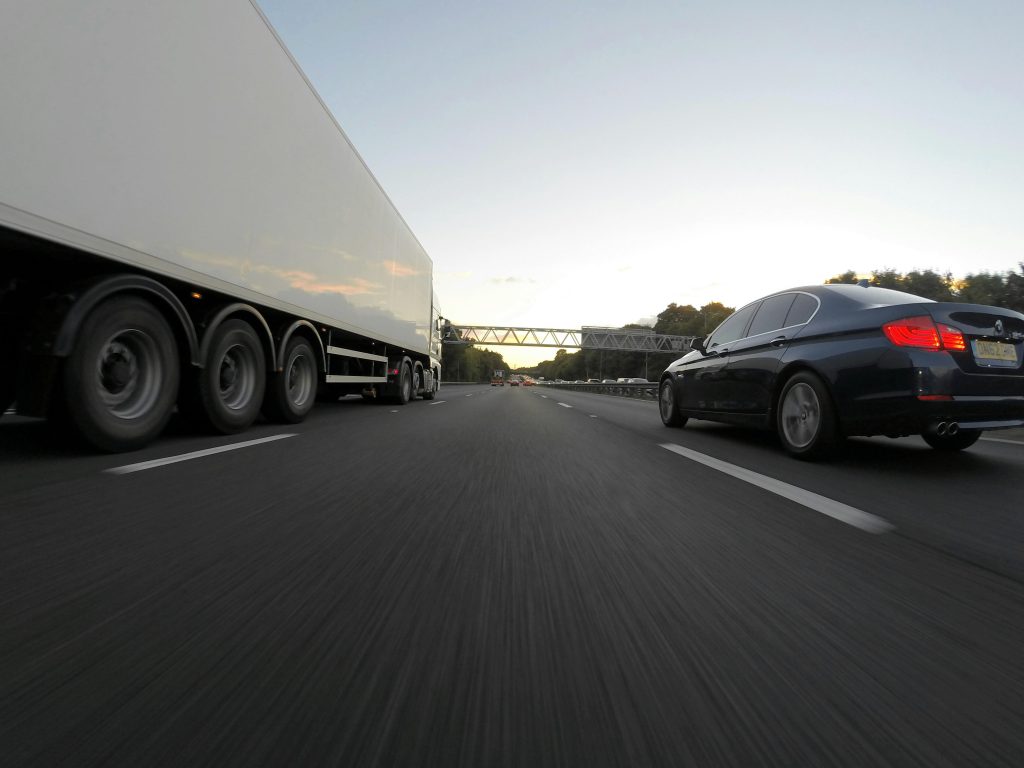
Why Following Distance Matters
- Reaction Time Buffer: The average driver takes about 1.5 seconds to perceive and react to a hazard. At highway speeds, that means covering roughly 150 feet (45 m) before even touching the brakes.
- Braking Distance: The faster you go, the more distance your vehicle needs to come to a stop. At 70 mph, a typical car requires about 315 feet (96 m) to stop under good conditions.
- Risk Reduction: Increasing following distance significantly lowers the chance of rear-end collisions by giving you more time and space to react to sudden stops or emergencies.
The Time-Based Rule: Seconds Over Feet
The Three-Second Rule
- Choose a Reference Point: Spot a stationary object—mile marker, sign, overpass.
- Start Counting: When the rear bumper of the car ahead passes that point, begin counting “one-thousand one, one-thousand two, one-thousand three.”
- Check Your Position: If you reach the marker before “three,” you’re too close.
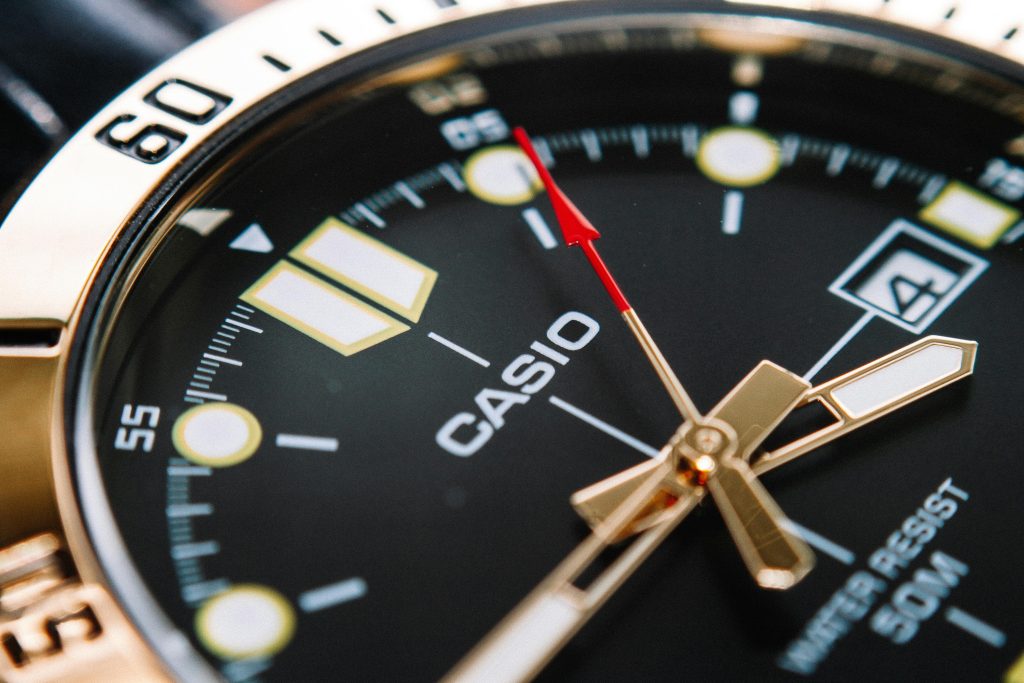
Why Time Works Better Than Distance:
- Automatically adjusts for your speed.
- Simple to practice and remember.
Adjusting to Four or More Seconds
In adverse conditions—rain, fog, ice, heavy traffic—or when towing, increase your buffer to 4–6 seconds. At 70 mph, this equates to:
- 3 seconds = ~308 feet (94 m)
- 4 seconds = ~411 feet (125 m)
- 5 seconds = ~514 feet (157 m)
Analogy: Think of each second as an extra “safety bubble” around your car. More speed or worse conditions? Inflate your bubble.
Gauging Seconds: Practical Tips
- Use Landmarks: Signs, overpasses, bridge supports, or mile markers—you’ll rarely be short on visual cues.
- Practice on Quiet Roads: Use a stopwatch app to calibrate your internal “one-thousand one” count.
- Voice vs. Silent Count: Saying it out loud tends to be more accurate than whispering.
Adjusting for Driving Conditions
| Condition | Recommended Following Distance |
|---|---|
| Dry, clear day | 3 seconds |
| Wet or icy roads | 4–6 seconds |
| Night driving | 4 seconds |
| Heavy traffic | 4–5 seconds |
| Towing a trailer | 5–6 seconds |
Expert Insight:
“Stopping distances can double in wet weather. Always err on the side of caution.”
— Certified Driving Instructor
Calculating Distance Mathematically
If you enjoy numbers, here’s a quick Python snippet to show how following distance grows with speed and time:
pythonCopyEdit# Calculate following distance given speed (mph) and time (seconds)
def following_distance(speed_mph, time_seconds):
fps = speed_mph * 1.46667 # convert mph to feet per second
return fps * time_seconds # distance in feet
# Example: 70 mph, 3-second rule
print(following_distance(70, 3)) # ≈ 308 feet
Note: This is for illustration—don’t crunch code behind the wheel!
Visual and Situational Cues
- Headway Markers: Many highways use reflective “cat’s eyes” spaced at known intervals—time your gap against them.
- Traffic Flow: In bumper-to-bumper situations, emphasize smooth braking and heightened awareness—your reaction window shrinks dramatically.
Practicing and Training
- Empty-Highway Drills: Find a safe, low-traffic stretch and deliberately practice the three-second rule at various speeds.
- Passenger Feedback: Ask a friend to call out if you’re too close—extra eyes help refine your judgment.
- Professional Courses: Advanced driving schools offer controlled high-speed spacing exercises.
Real-Life Example:
“Once I started consciously counting seconds, my rides smoothed out. Fuel economy improved and near-misses dropped to zero,” shares Mark, a veteran delivery driver.
Common Mistakes to Avoid
- Tailgating in Fast Lanes: Beyond being dangerous, it’s illegal in many areas.
- Overreliance on Adaptive Cruise Control: ACC is helpful but can’t foresee stopped traffic like a vigilant driver.
- Neglecting Field of View: At 80 mph, your peripheral vision narrows—scan further ahead to spot hazards early.

Conclusion
Judging safe following distances at high speeds is less guesswork and more habit. By adopting a time-based rule (three seconds in good weather, more when conditions worsen), utilizing clear visual markers, and practicing regularly, you’ll cultivate an intuitive sense of the space you truly need. Each additional second you add can be the difference between a near-miss and a collision. Keep your eyes up, count your seconds, and drive with confidence.


